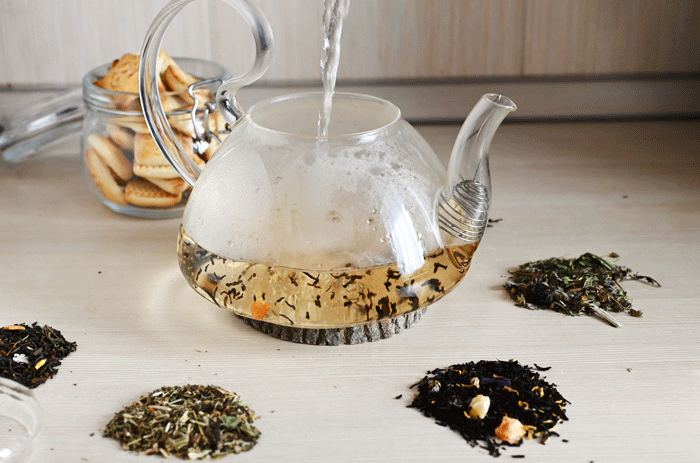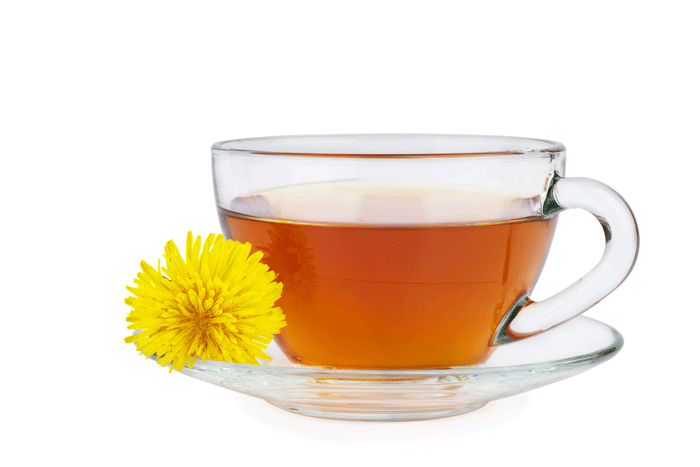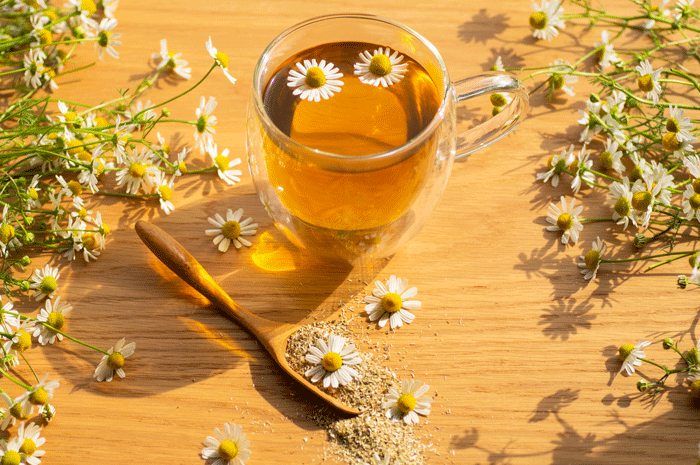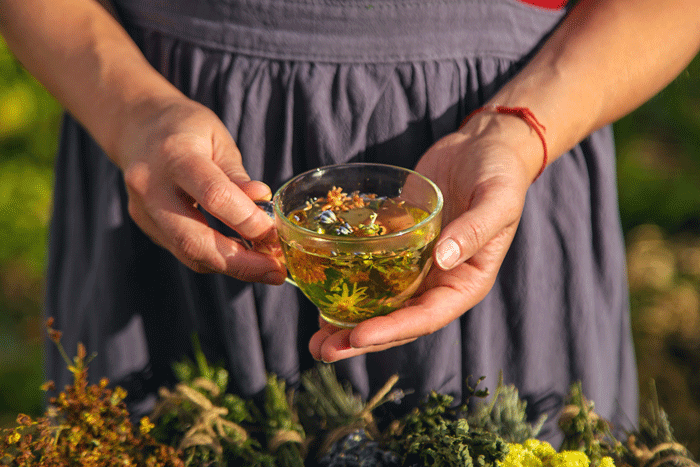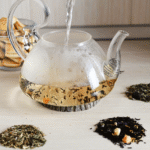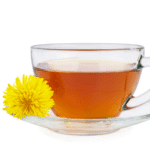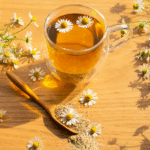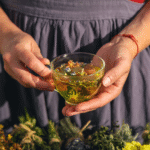What Is a Tisane?
A tisane (pronounced tee-zahn) is an herbal infusion made by steeping various parts of non-tea plants — like flowers, leaves, roots, bark, or fruit — in hot water. While it’s commonly referred to as “herbal tea,” a tisane technically isn’t tea at all, because it doesn’t come from the Camellia sinensis plant (the source of black, green, oolong, and white tea).
In short:
All tisanes are herbal teas, but not all herbal teas are true teas.
Tea vs. Tisane — What’s the Difference?
| Feature |
True Tea |
Tisane |
| Made from |
Camellia sinensis plant |
Herbs, spices, fruits, roots |
| Contains caffeine |
Yes |
Usually no |
| Flavour |
Earthy, grassy, astringent |
Wide range: floral, spicy, fruity, bitter |
| Examples |
Green tea, black tea |
Chamomile, peppermint, hibiscus, rooibos |
Popular Types of Tisanes
Each tisane offers its own unique flavour, ritual, and health benefits. Here are a few popular brews:
Chamomile: Soothing and floral — known for promoting sleep and easing anxiety.
Peppermint: Fresh and minty — great for digestion and clearing the sinuses.
Hibiscus: Bright and tart — rich in antioxidants and often used for heart health.
Rooibos: Nutty and naturally sweet — caffeine-free and high in minerals.
Dandelion
Earthy and grounding — known for liver detox and digestion support.
Health Benefits of Tisanes
While each herbal infusion brings its own strengths, most tisanes can:
-
Support digestion and gut health
-
Promote relaxation and reduce stress
-
Offer anti-inflammatory and antioxidant properties
-
Help with hydration and caffeine-free energy boosts
-
Encourage sleep and emotional balance
How to Brew the Perfect Tisane
Tisanes are easy to make at home:
Basic method:
-
Add 1–2 teaspoons of dried herbs or 1 tablespoon fresh herbs per cup
-
Pour boiling water over them
-
Steep for 5–10 minutes, depending on the herb
-
Strain and sip
Tip: Cover your cup while steeping to retain essential oils and aroma.
0 Votes: 0 Upvotes, 0 Downvotes (0 Points)
Stay Informed With the Latest & Most Important News
